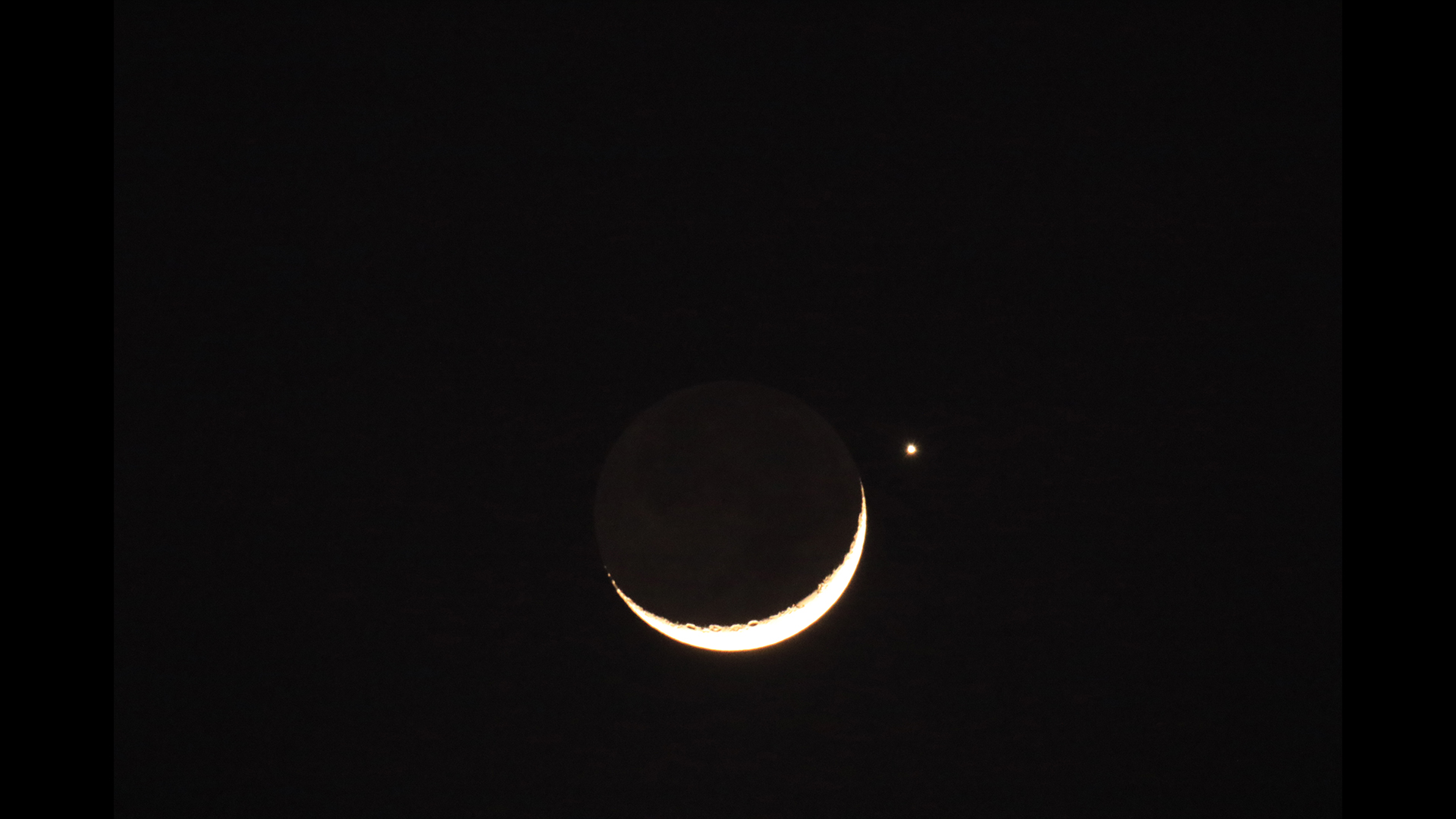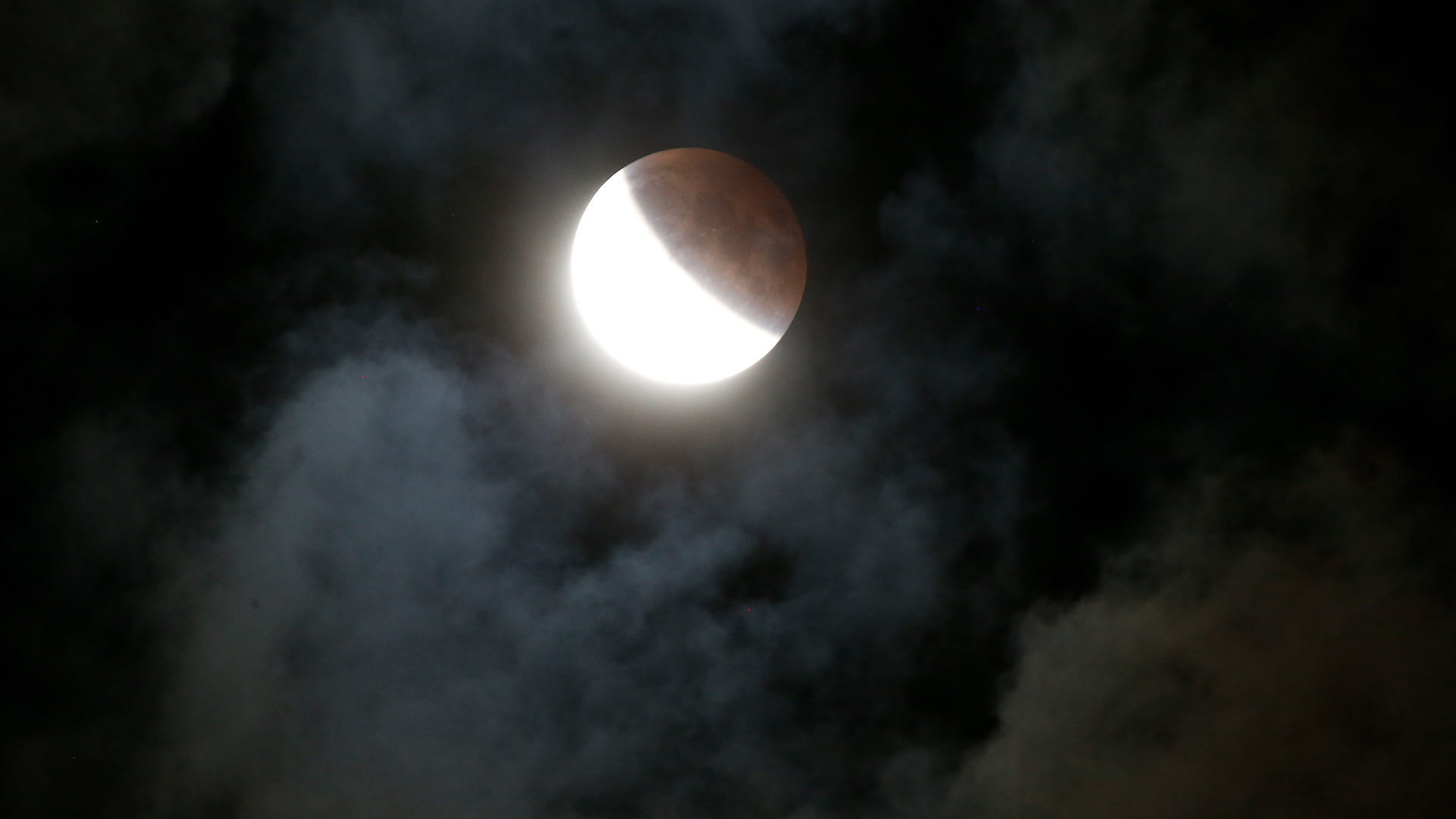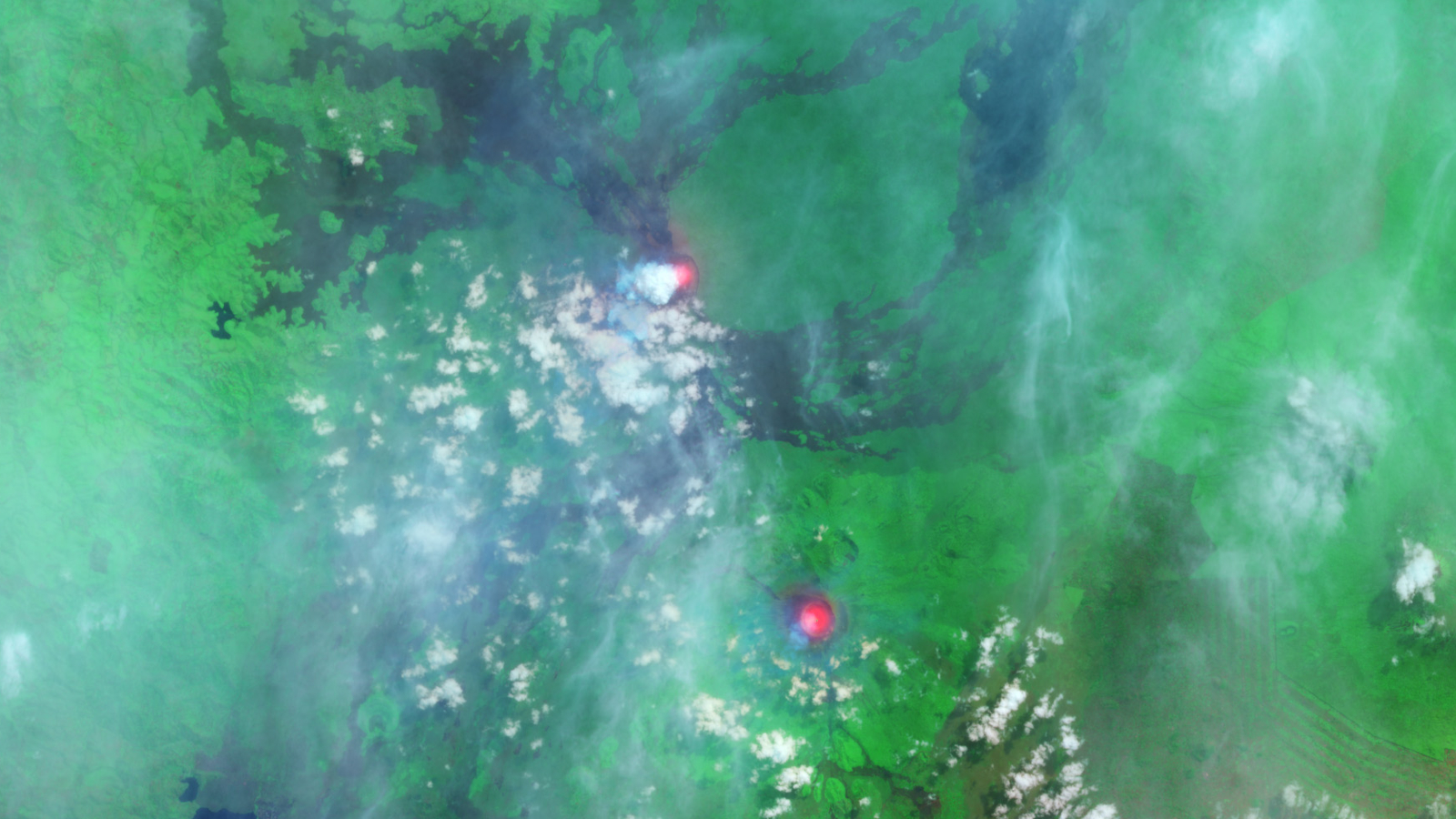Moon news, features and articles
Latest about The Moon
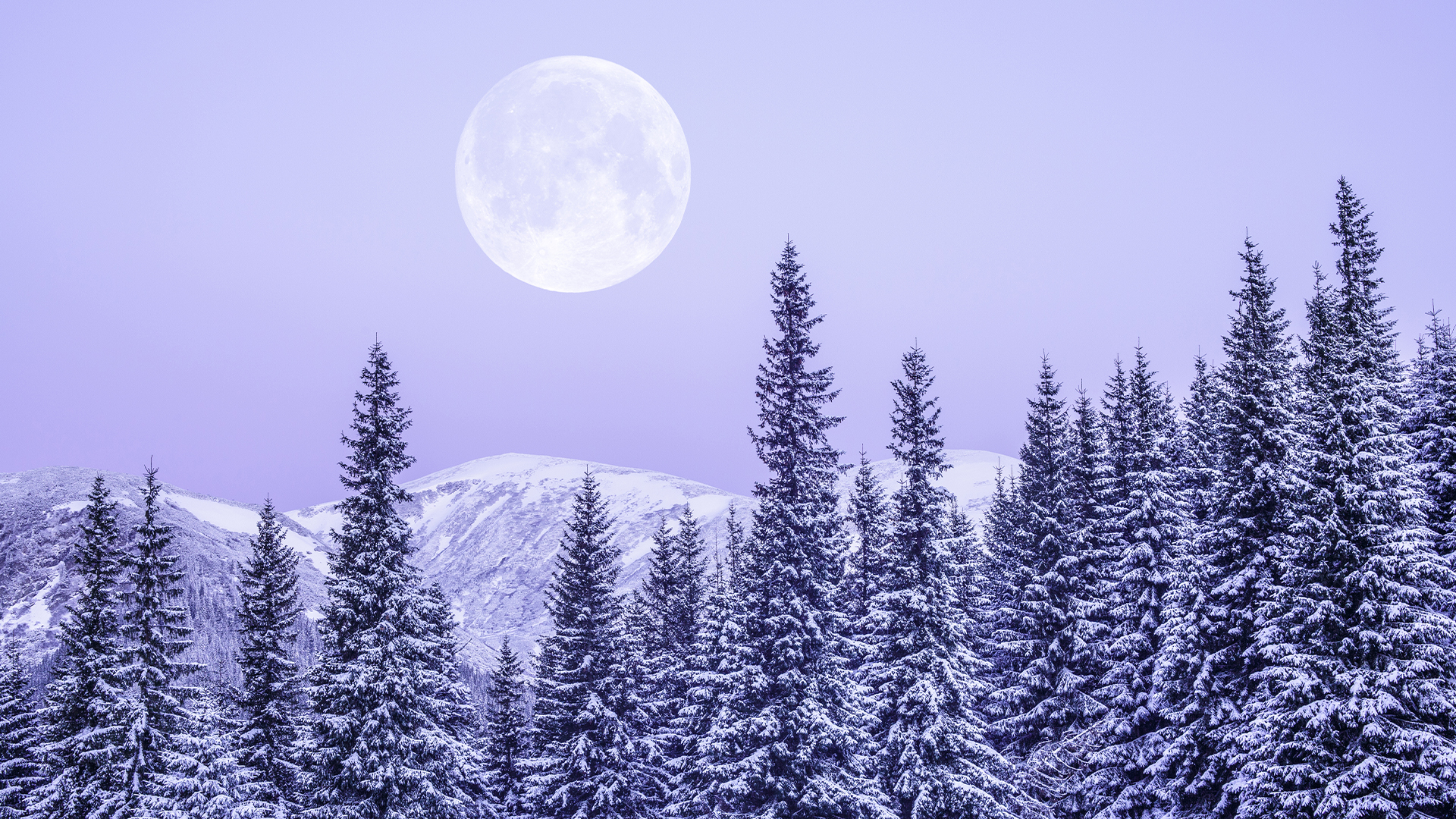
Winter solstice 2023: How to see Jupiter dance with the moon on the longest night of the year
By Jamie Carter published
Jupiter and a bright moon will shine together on the winter solstice, which occurs Dec. 21-22 in the Northern Hemisphere.
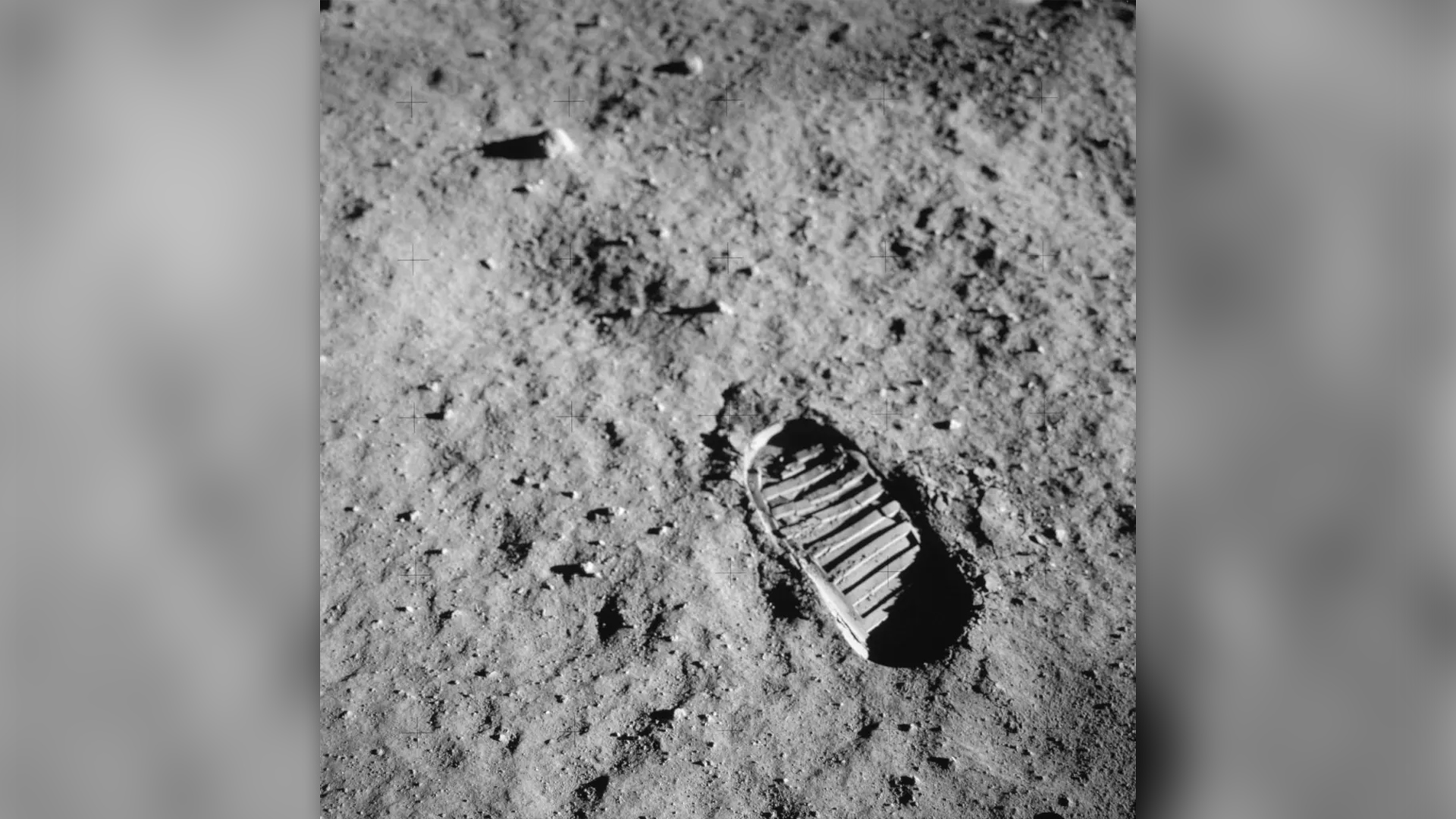
Humans are changing the moon's surface so much it's entered a new geological era, scientists say
By Ivan Paul published
Researchers hope their proposal of declaring a new geological era on the moon — the Lunar Anthropocene — will encourage discussion around human impact and help preserve important cultural artifacts such as footprints and rover tracks.
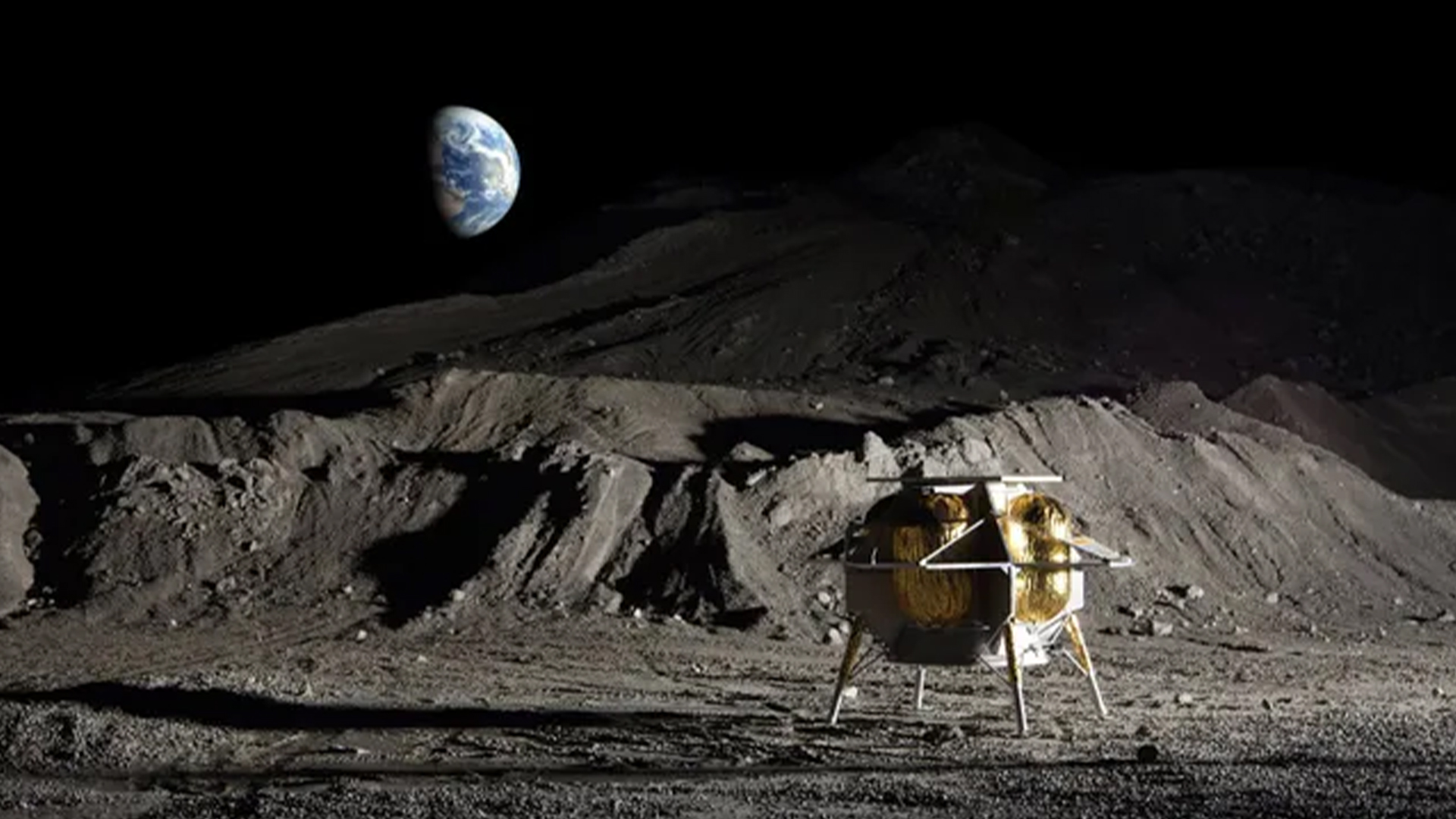
The Peregrine Lunar Lander is set to launch on Dec 24. Here's what it'll bring to the moon
By Monisha Ravisetti published
NASA and scientists from around the world are sending new science instruments, as well as a few stocking stuffers, to the moon on Dec. 24 in the debut launch of a new rocket.
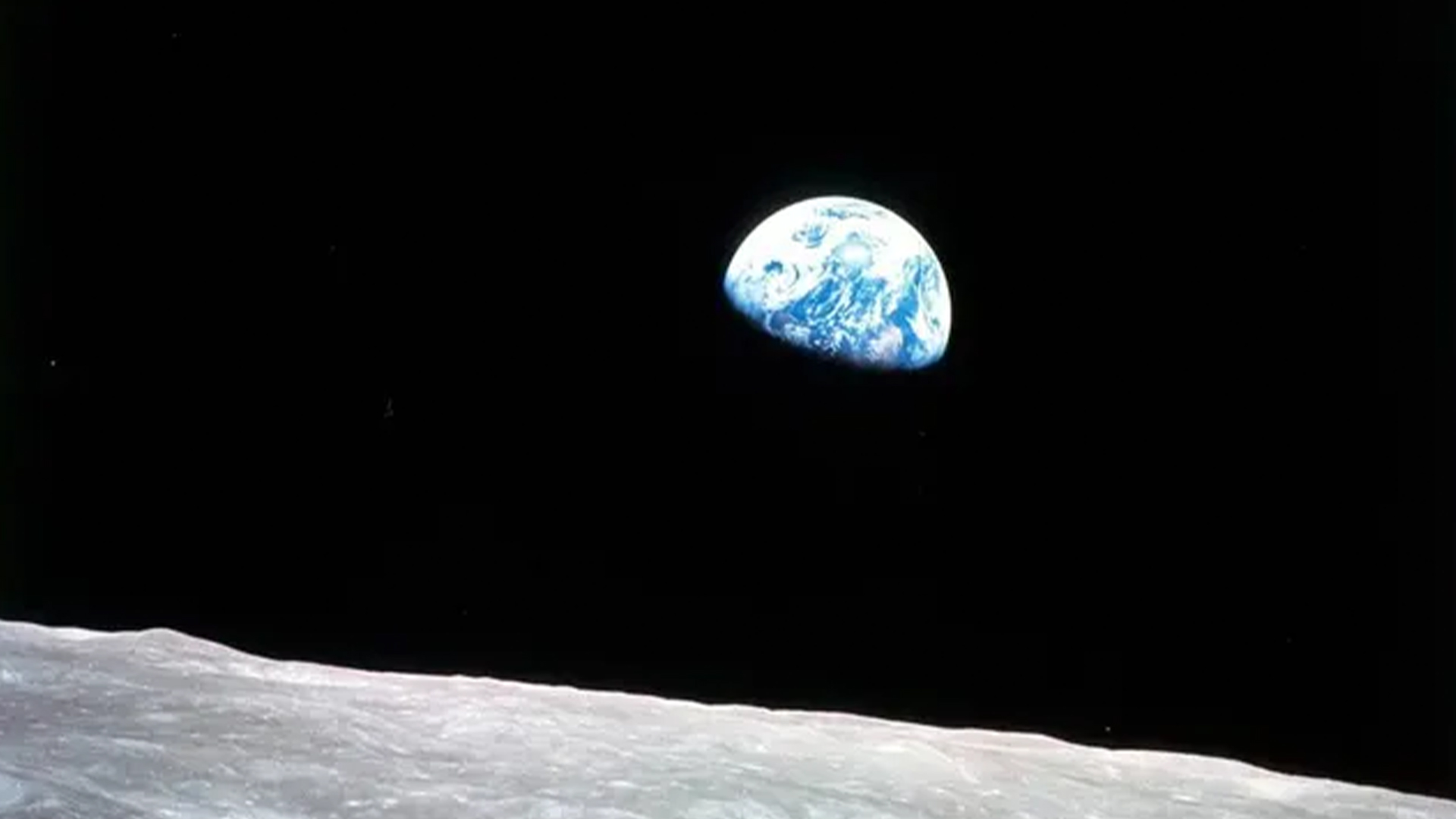
'This must be what God sees': The inside story of 'Earthrise,' the most famous photo of our planet ever taken
By Robert Poole published
Was Apollo 8's iconic view of the Earth rising above the moon more impactful than the Apollo 11 moon landing? A historian digs into the details.
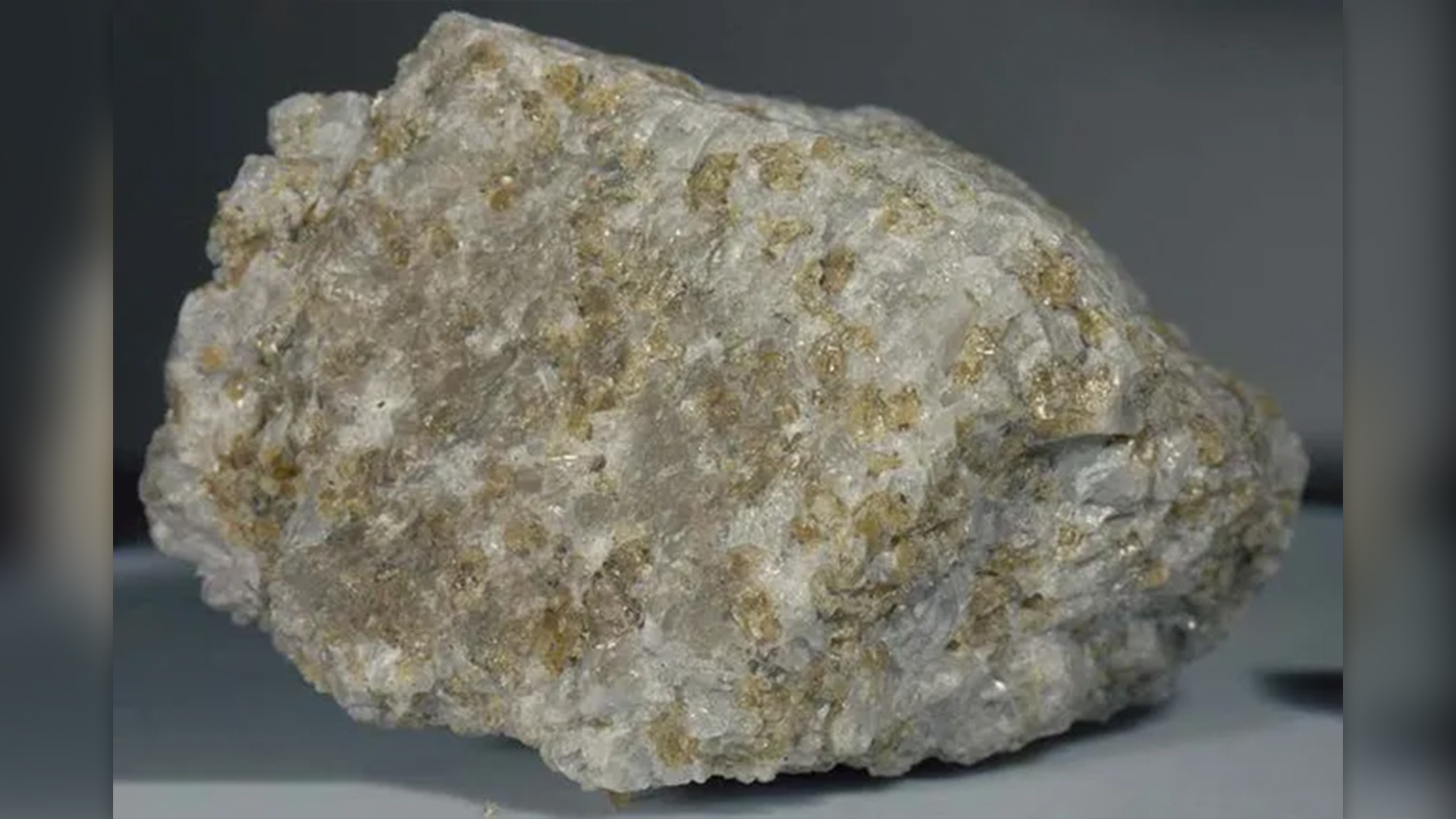
Hydrogen discovered in Apollo-era moon rocks could change the future of lunar exploration
By Sharmila Kuthunur published
Hydrogen detected in Apollo-era moon rocks suggests that future astronauts could harvest water available right on the moon to use as rocket propellant and for life support.
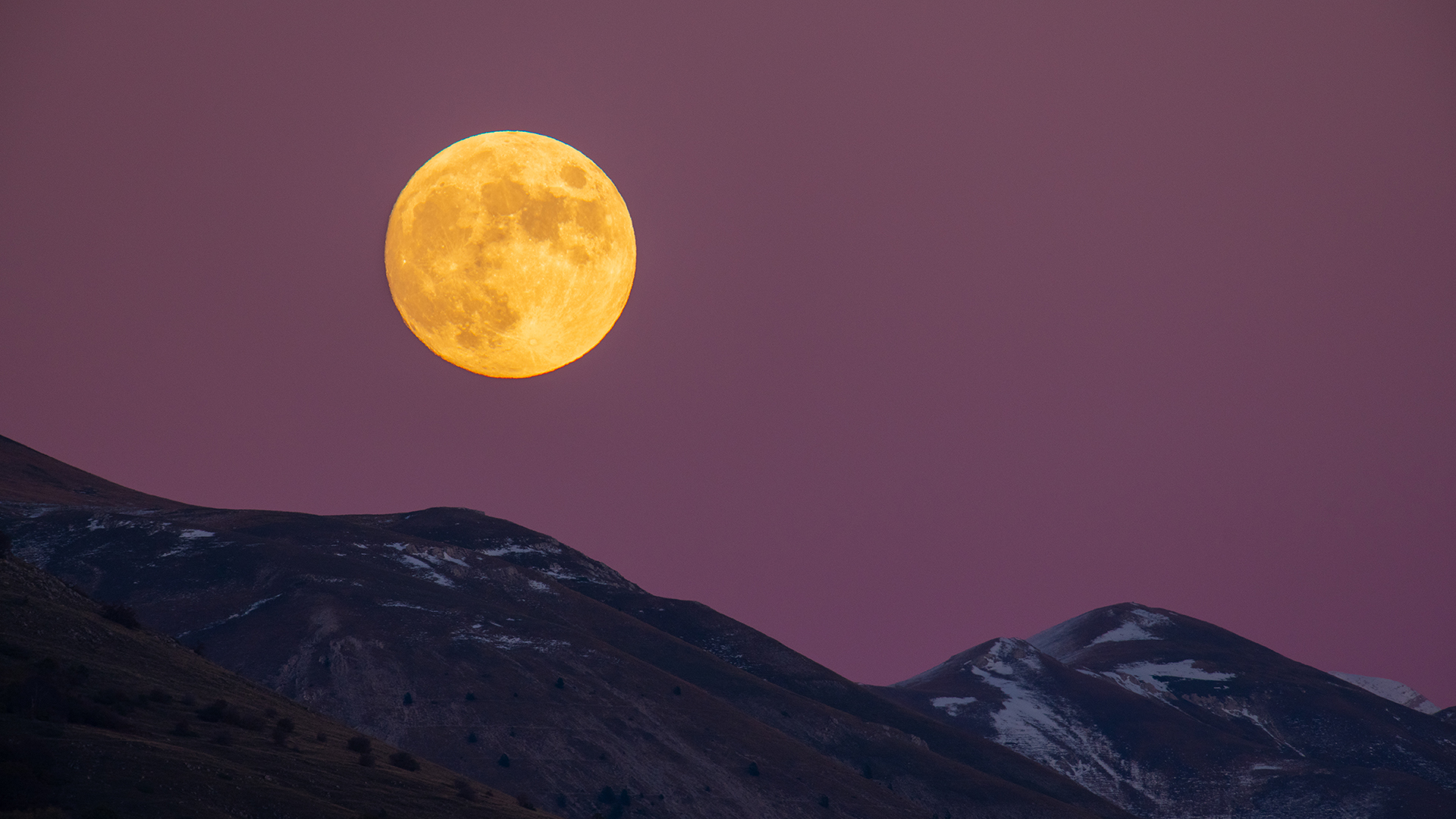
The full 'Beaver Moon' rises next to bright Jupiter this weekend. Here's how to watch.
By Jamie Carter published
The full 'Beaver Moon' will be best viewed as it rises in the east at dusk on Monday, Nov. 27, though it will appear full on Sunday and Tuesday as well.
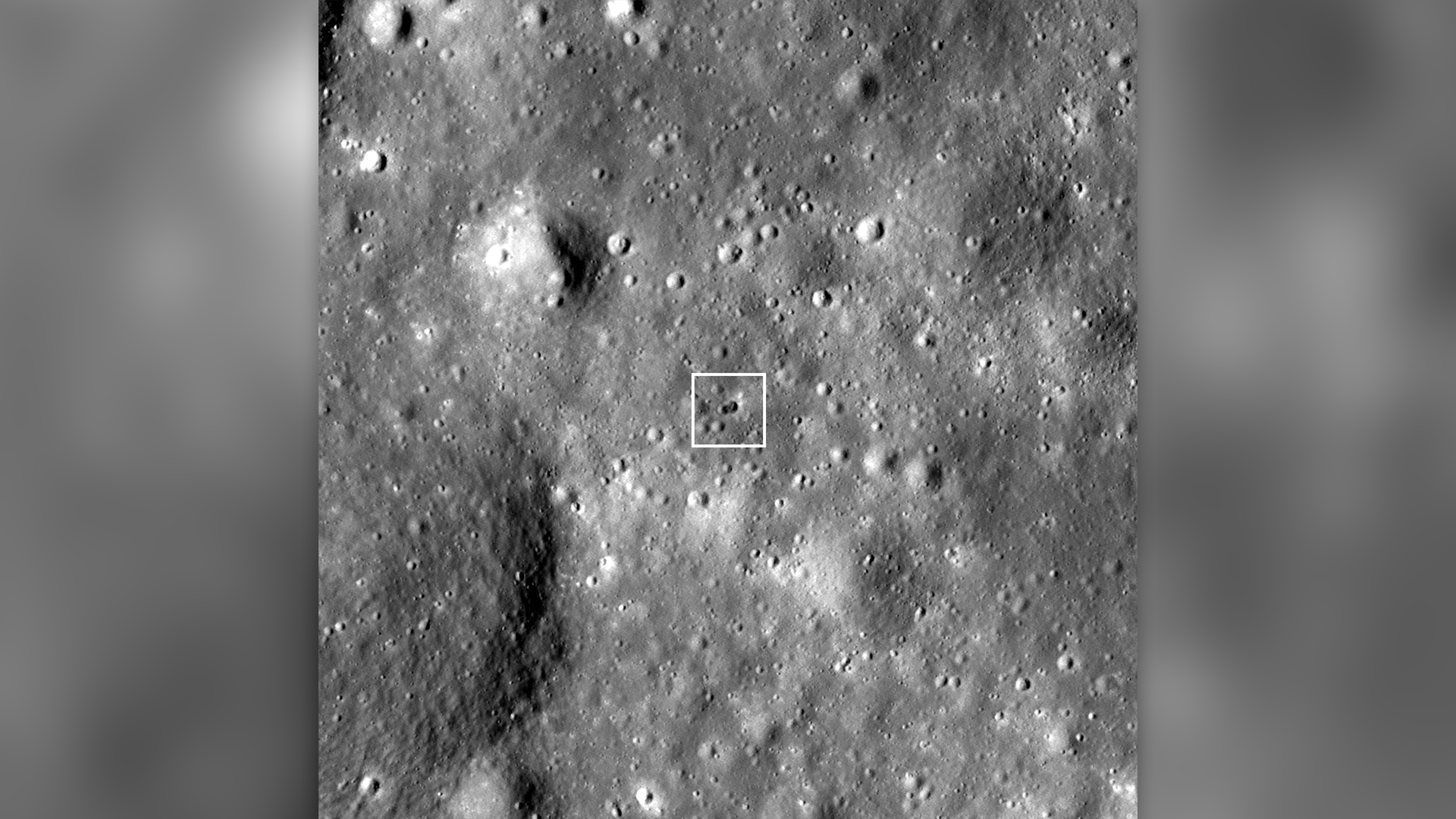
Chinese rocket carrying 'undisclosed' object crashed into the moon and left twin craters, study claims
By Ben Turner published
China has denied that one of their rockets crashed into the moon's surface in 2022, leaving mysterious twin craters behind, but new research adds fresh evidence to the debate.
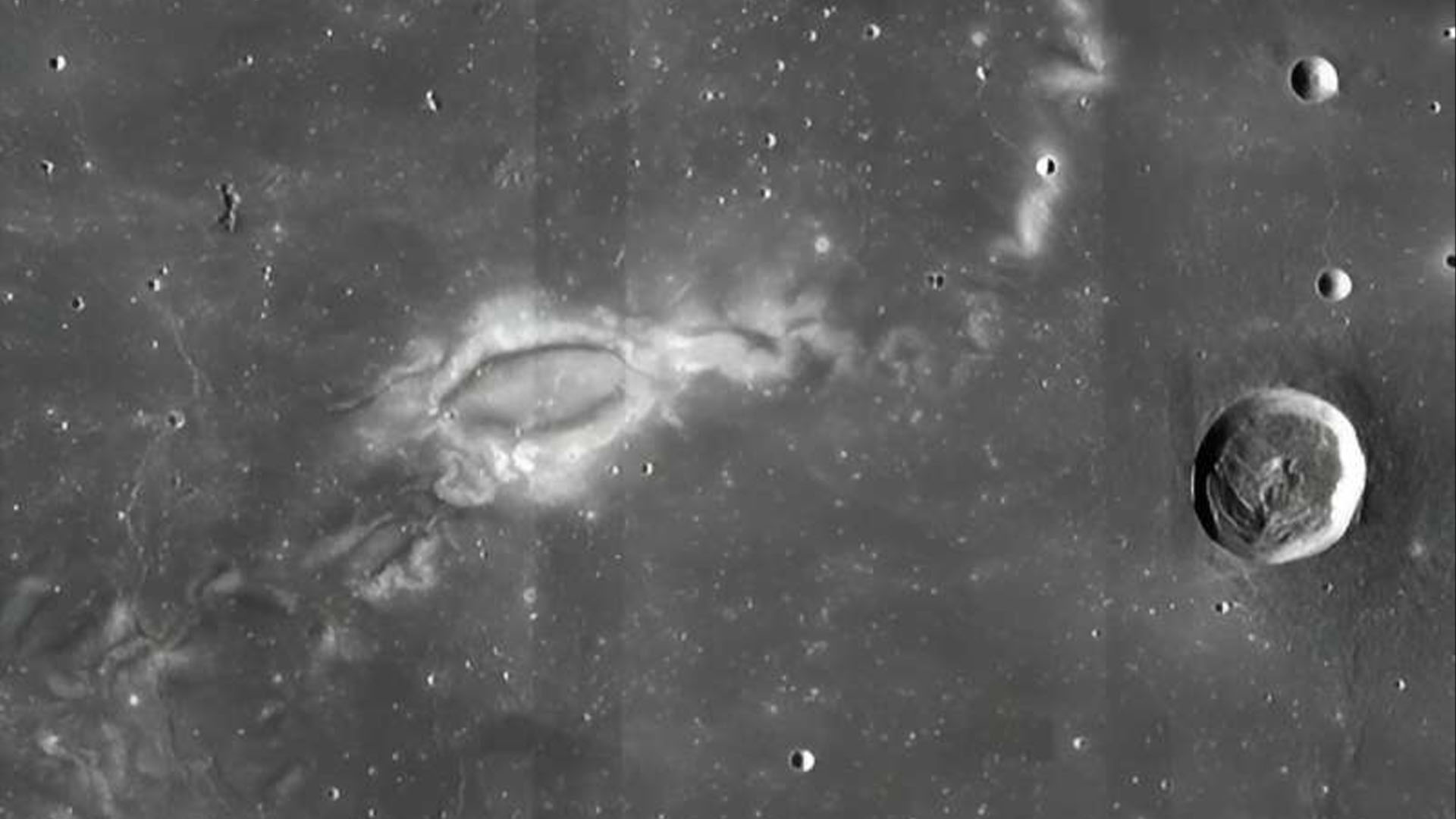
Mysterious 'lunar swirls' that perplexed scientists for decades may be close to an explanation
By Briley Lewis published
No one knows what causes lunar swirls, but new evidence shows they may be tied to certain elevations on the moon's surface.
Sign up for the Live Science daily newsletter now
Get the world’s most fascinating discoveries delivered straight to your inbox.
